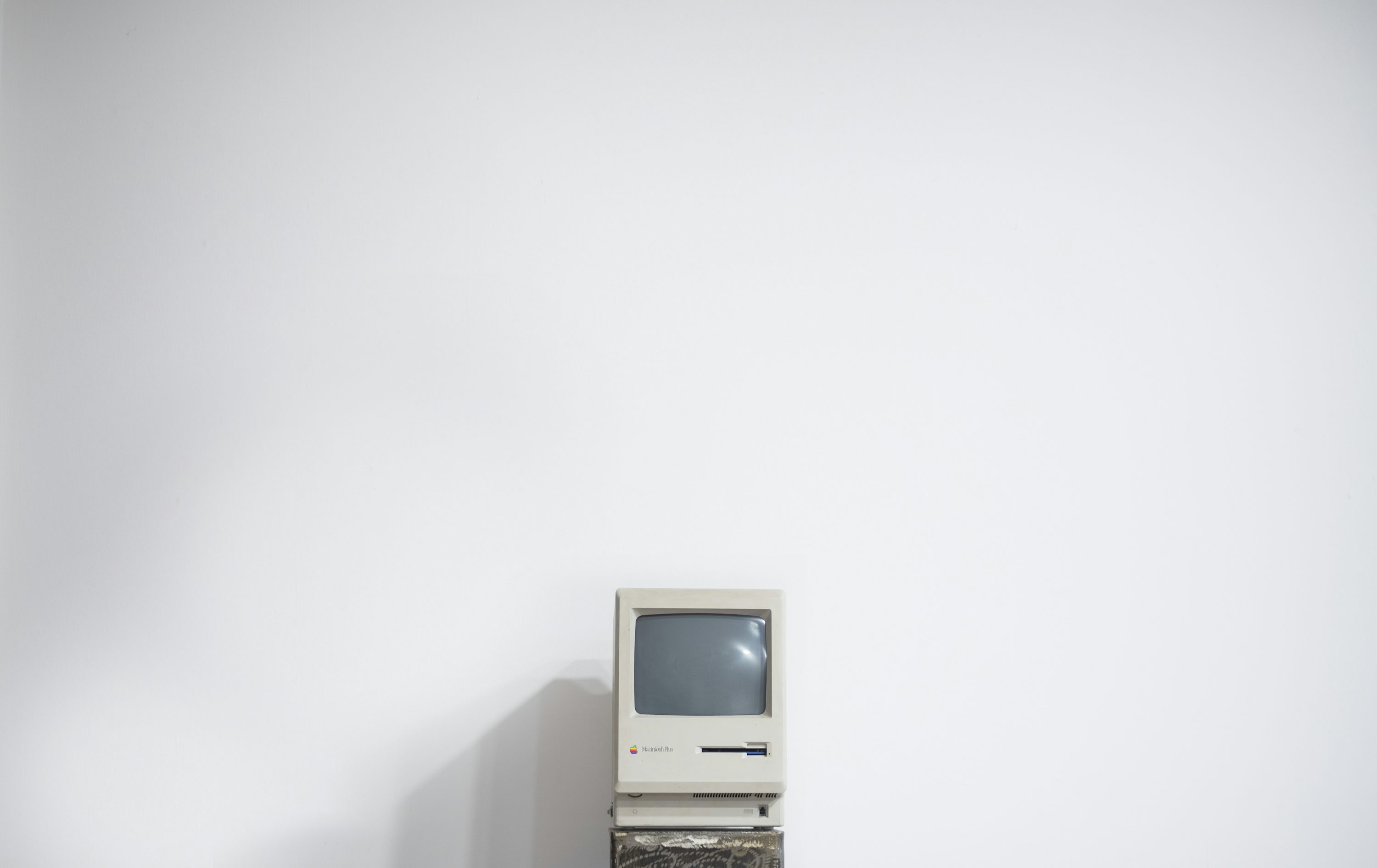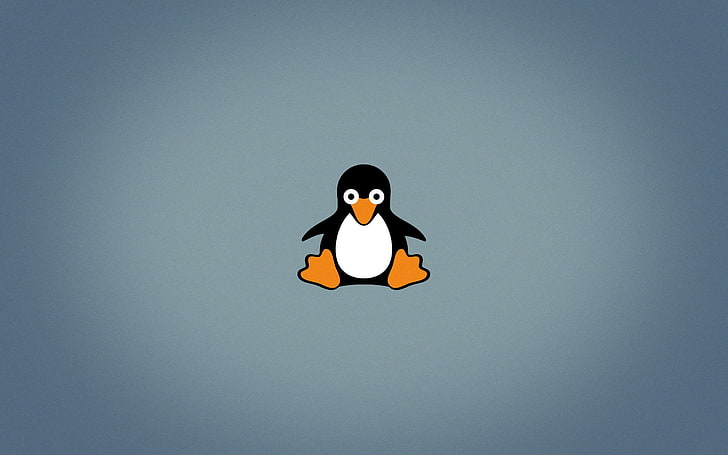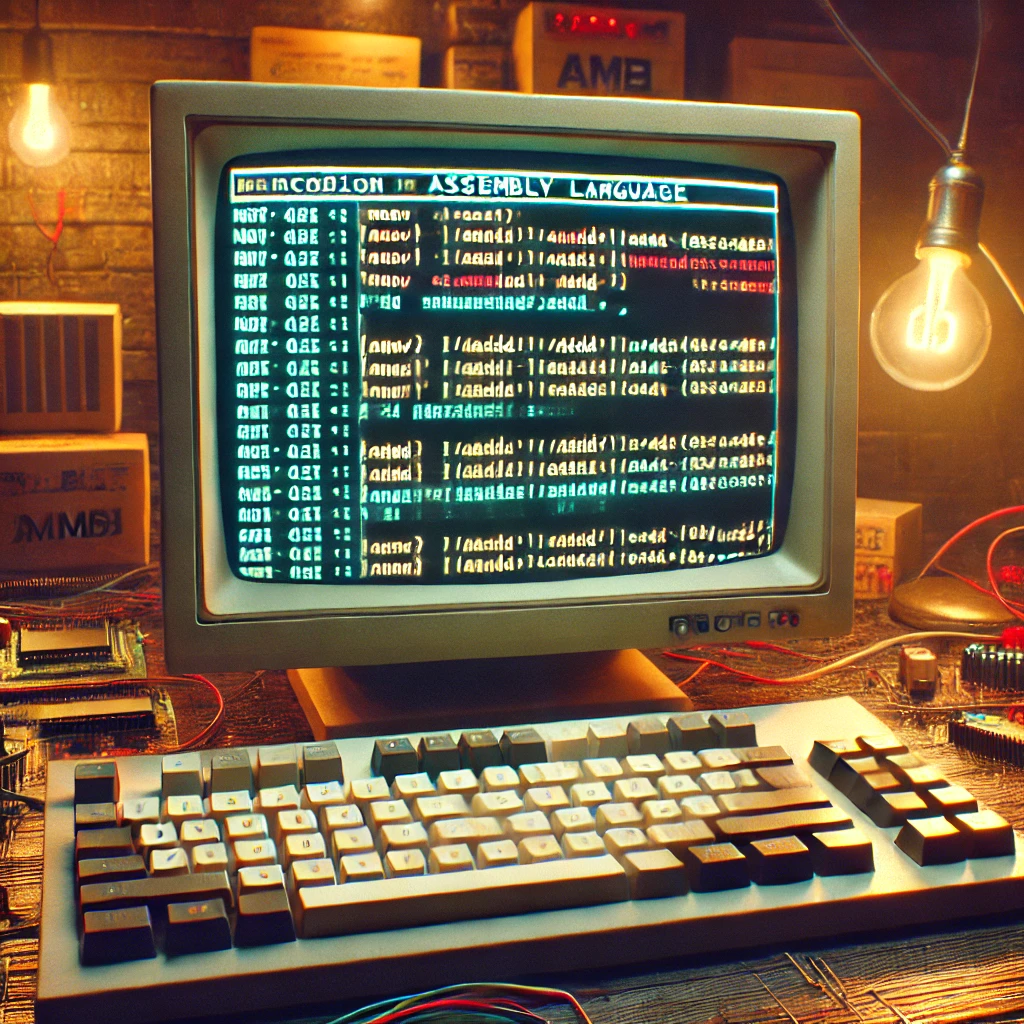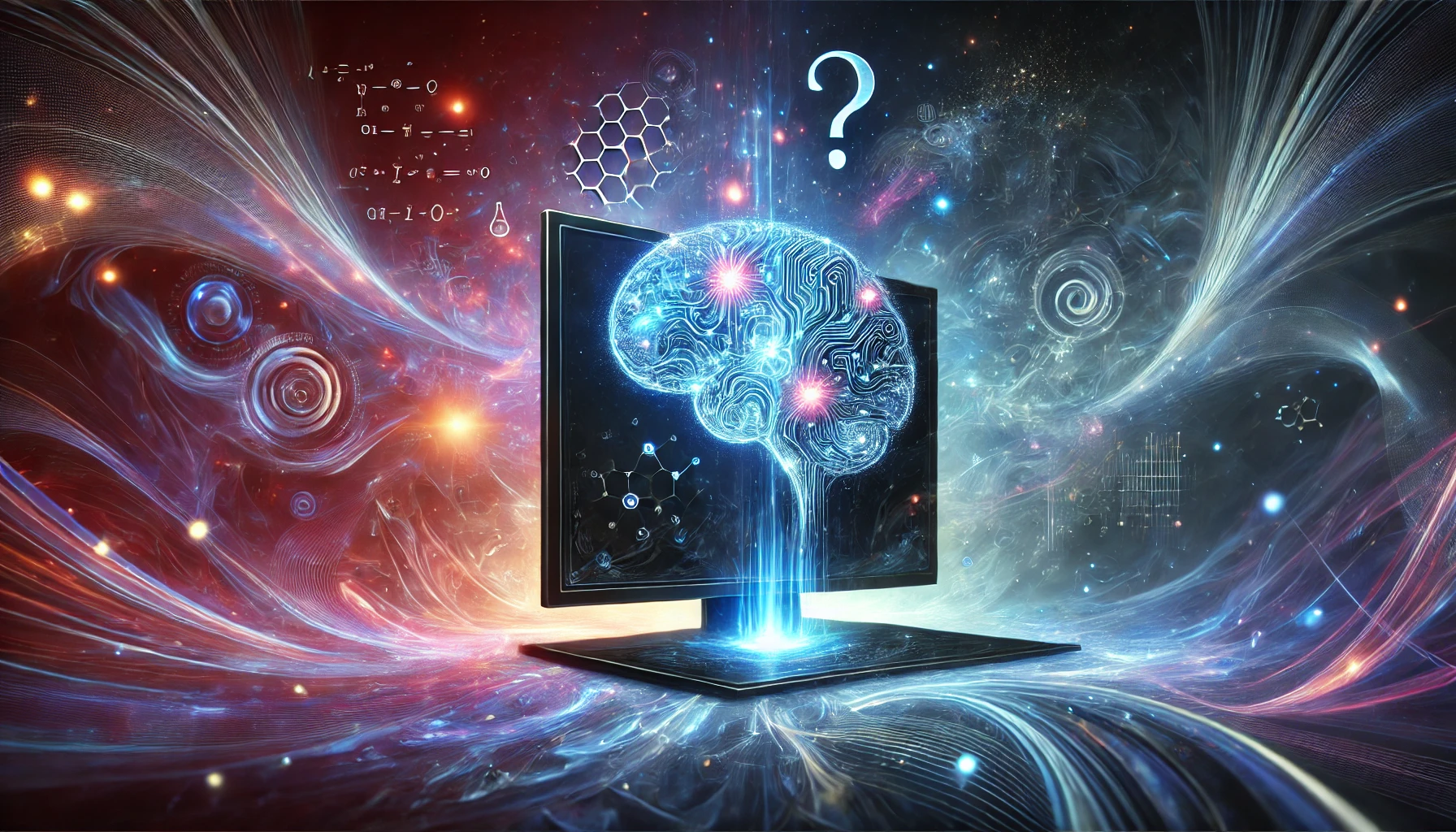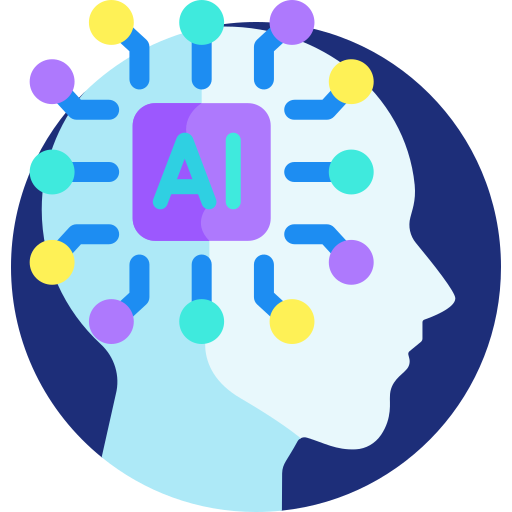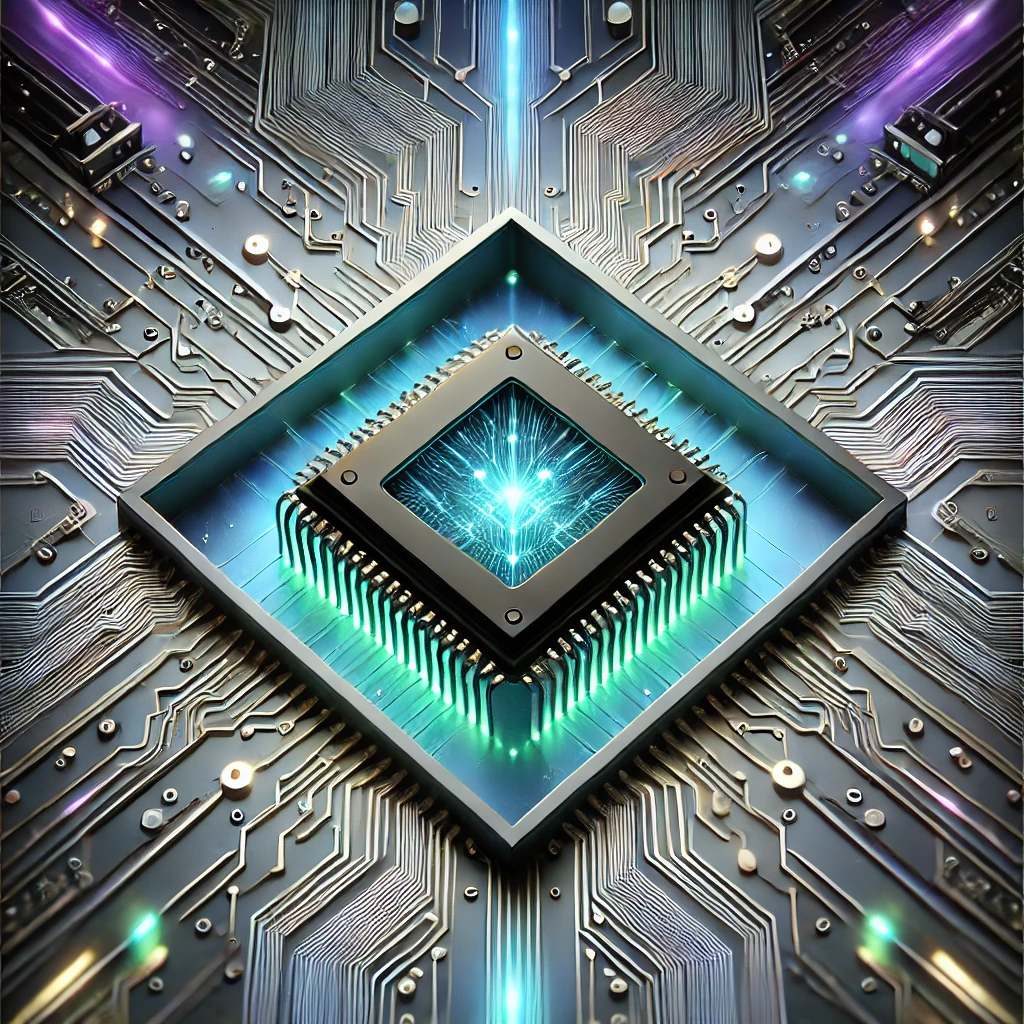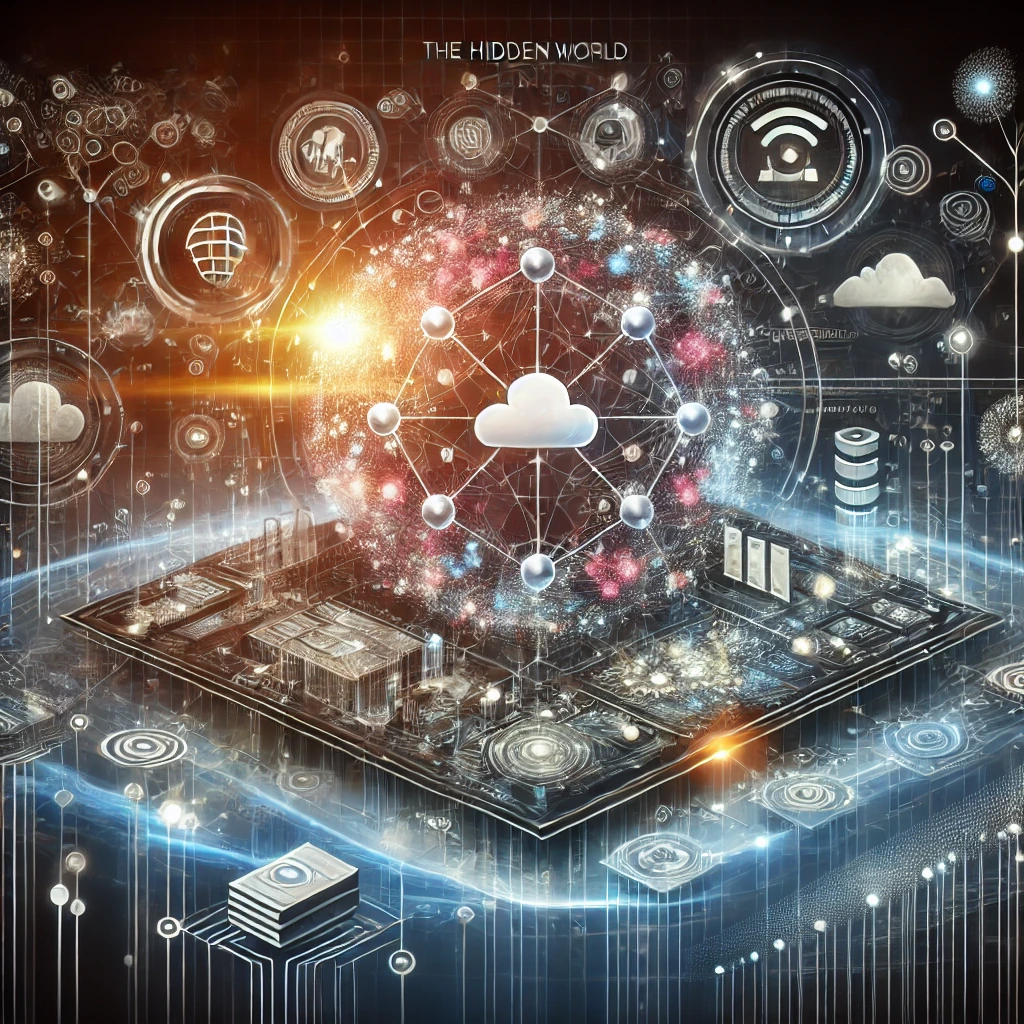Once upon a time, back in the ancient days of computing, screens were mostly black with green or amber text. This wasn’t a “dark mode”—it was the mode. But as technology advanced, light modes became the norm, mimicking the look of ink on paper. Enter the modern era, and the war between dark mode and light mode rages on like the ultimate nerdy sibling rivalry.
So, what’s the deal?
Dark mode has gained a cult following, especially among developers, night owls, and people who just like their screens looking like hacker movie props. There’s something inherently cool about staring at a screen that whispers, “I know how to code” or “I just cracked into the mainframe.” On the flip side, light mode is bright, cheery, and allegedly better for reading in well-lit environments—because let’s face it, nobody likes feeling like a vampire when the sun hits your screen.
The debate is also about practicality. Some studies claim that dark mode reduces eye strain and saves battery life on OLED screens, while others suggest it’s just personal preference. I mean, who are we kidding? We’re not scientists—most of us just pick what looks cooler or makes us feel productive.
As a software engineer who spends way too many hours staring at a screen, I personally lean toward dark mode. My eyes thank me, and it makes me feel like a mysterious coding wizard, even if I’m just debugging why my coffee-tracking app thinks I drink 100 cups a day. That said, light mode has its moments, like when I’m working outside (a rare but glorious event).
At the end of the day, there’s no “right” choice. Choose the mode that vibes with your soul—or your retinas. Or just switch between them like the indecisive tech nerd you are.
Share this article
You might also like
Hello, World!
The Journey of Computing and the Birth of "Hello, World!" Computers are everywhere, yet their roots lie in fascinatingly humble beginnings.
Read MoreThe Unsung Heroes of Tech: Open Source Communities
Open Source: A Quick Refresher First things first, what exactly is open source? Simply put, it’s software with source code that’s open for anyone to
Read MoreWhy Your Code Should Be Beautiful: The Art of Clean Code
When was the last time you looked at a piece of code and thought, Wow, that’s beautiful!? Chances are, not recently. Many developers prioritize
Read MoreWhen Machines Dream: The Art and Science of AI-Generated Creativity
In recent years, artificial intelligence has made a dramatic leap from number crunching and algorithmic problem-solving to creating something many of
Read MoreThe Death of Moore’s Law: What Comes Next?
For over five decades, Moore’s Law has been the north star guiding the semiconductor industry. This simple yet profound observation, made by Intel
Read MoreThe Hidden World of APIs: How the Internet Talks
The internet is a vast, interconnected world. It's a place where cat videos, TikTok dances, and memes coexist alongside groundbreaking medical
Read MoreWill AI Replace Developers? The Future of Coding
Ah, the question that haunts late-night programming forums and inspires spirited debates over coffee: Will AI replace developers? Before you start
Read More

